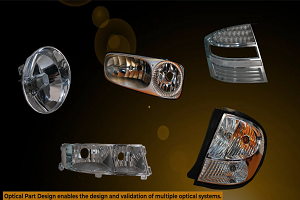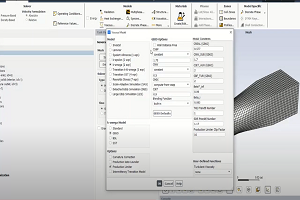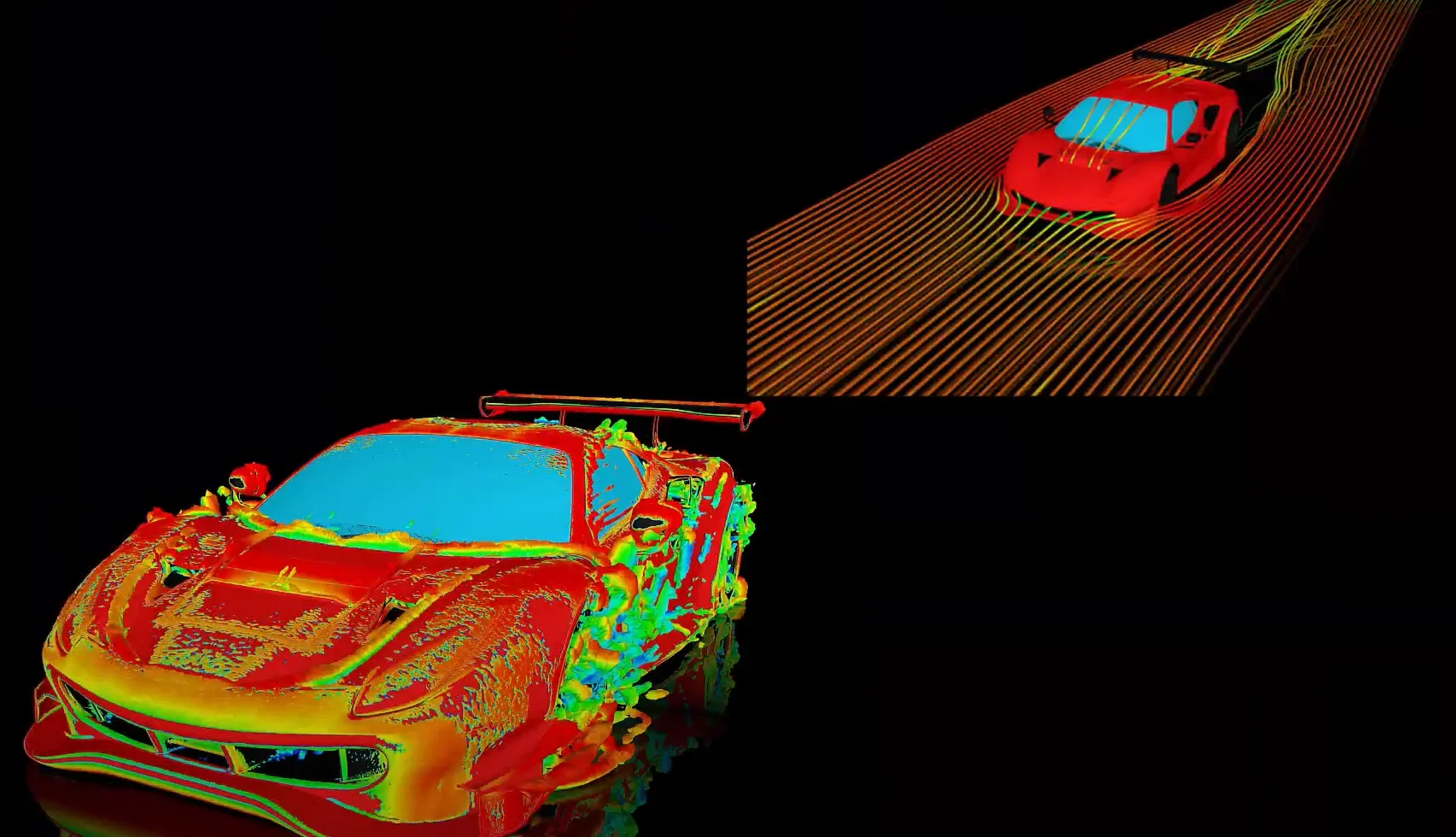Why does the max. plastic strain and max. equivalent stress does not occur at the same location in Anand viscoplastic material model?
Tagged: 17.2, ANAND, materials, mechanical, structural-mechanics, viscoplastic
-
-
January 25, 2023 at 7:34 am
 FAQParticipant
FAQParticipantThe Anand’s viscoplasticity model is different from other rate-independent plasticity and Creep models so this behaviour is expected, – Anand’s model is a unified plasticity model where the total inelastic strain cannot be decomposed into plastic strains due to rate independent plasticity theories and those due to creep effects. – The inelastic strain is calculated by an internal variable, s, which is called as deformation resistance which is nothing but resistance to inelastic flow of the material. – The evolution of this internal variable can result in either strain hardening or strain softening depending on the saturation value of deformation resistance. – The strain softening occurs when either the strain rate decreases or the temperature increases. In such a state the inelastic strain in the material increases without developing significant stresses (in other words creep is dominant). But the total inelastic strain cannot be decomposed into plastic and creep strains. – ANAND is very similar to the Generalised Garofalo creep equation with the difference that instead of C2 being a constant (for the creep only representation) it is a variable that encompasses both rate dependent creep and plasticity together. The rate dependent inelastic strains could potentially continue to develop even as stress remains constant or maybe even decreases, which could be a reason why the the two max. values are appearing at different locations. – The disconnect between peak stresses and strains might also be related to the complexity of a non-proportional cyclic loading in 3D stress state. I am not totally sure about that, but perhaps they hang together better in a 1D uni-axial model.
-


Introducing Ansys Electronics Desktop on Ansys Cloud
The Watch & Learn video article provides an overview of cloud computing from Electronics Desktop and details the product licenses and subscriptions to ANSYS Cloud Service that are...

How to Create a Reflector for a Center High-Mounted Stop Lamp (CHMSL)
This video article demonstrates how to create a reflector for a center high-mounted stop lamp. Optical Part design in Ansys SPEOS enables the design and validation of multiple...

Introducing the GEKO Turbulence Model in Ansys Fluent
The GEKO (GEneralized K-Omega) turbulence model offers a flexible, robust, general-purpose approach to RANS turbulence modeling. Introducing 2 videos: Part 1 provides background information on the model and a...

Postprocessing on Ansys EnSight
This video demonstrates exporting data from Fluent in EnSight Case Gold format, and it reviews the basic postprocessing capabilities of EnSight.

- Question: What is the difference between PLNSOL, EPPL, EQV and PLNSOL,NL,EPEQ?
- How to use layered section to simulate composites and post process the results in ANSYS Mechanical
- Guidelines of modeling a gasket.
- ANSYS Mechanical: Delamination Analysis using Contact Debonding
- For the stress-life fatigue method, how are the Goodman and Gerber mean stress theories used to modify the calculated stress amplitude in the Workbench Fatigue Module?
- Why is the unit of the elastic foundation stiffness N/m^3?
- How do I move a material property from Engineering Data to an existing Material Library?
- Hyperelastic Simulations
- What are Isochronous stress-strain curves? How can they be used in ANSYS for modeling creep?
- How do I enter major Poisson’s ratio in ANSYS Mechanical?

© 2025 Copyright ANSYS, Inc. All rights reserved.

